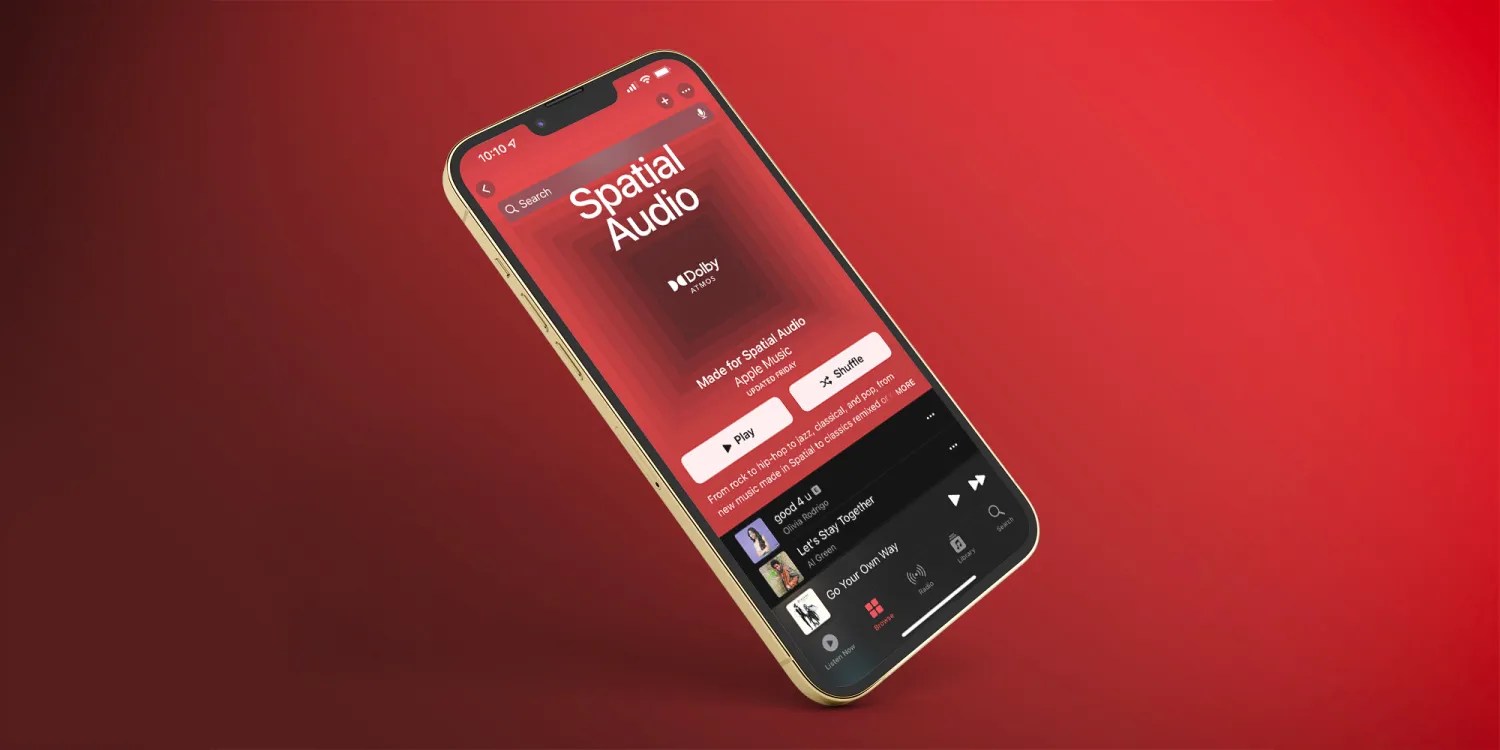
When Apple Music said it was paying 10% more in Spatial Audio royalties, there were those among us who cynically wondered whether this meant everyone else would be paid less.
That seems to be confirmed by a new report today, which says that Apple is not increasing its total royalty payout, but rather re-allocating it …
Apple made its announcement last month.
Apple Music is now encouraging artists with a financial incentive to make their music available in Spatial Audio, which offers an immersive surround sound experience when listening with AirPods Pro, AirPods Max, and other headphones. Apple will pay up to 10% more per play in royalties for tracks where a spatial version is available.
But a Financial Times report says that the total royalty payout is remaining unchanged, so the 10% extra for Spatial Audio tracks comes at the expense of other musicians.
The tech group is not paying more money in total: rather, that extra 10 per cent will come out of a fixed pot of money. As a result, songs that are not “spatial” will receive less money.
Indie labels say this means it benefits the big labels – who can afford the added production expenses – at the expense of independent ones, who can’t.
“It’s literally going to take the money out of independent labels and their artists, to benefit the biggest companies in the marketplace,” said a senior executive at a large independent record company.
“It’s going to benefit the biggest player, Universal, because they’re the ones with the resources to invest in that. Whereas the independent sector . . . we’ve found it hard to justify the expense of creating spatial masters . . . we’re not in the business of chucking money just because Apple is saying you should be spending money on this.”
London-based Beggars Group says that the costs of converting existing songs to Spatial Audio costs around $20,000 per album, and multiplying that by its 3,000-album back catalog would cost more than $30M.
Smaller labels objecting to it include those representing some big-name artists, including Adele, Bon Iver, Ezra Collective, Phoebe Bridgers, and Vampire Weekend.
And while I was surprised to find myself a fan, not everyone likes the effect.
“Forcing a spatial mix is the equivalent of hanging a digital 3D version of the ‘Mona Lisa’ and expecting Louvre patrons to prefer it,” said one music executive.
- Apple teams up with Billie Eilish to promote Spatial Audio on Apple Music
- Disney+ brings Dolby Atmos Spatial Audio to Apple TV 4K
- Spatial Audio transforms music, says Alicia Keys and Springsteen recording engineer
Image: 9to5Mac
FTC: We use income earning auto affiliate links. More.



Comments